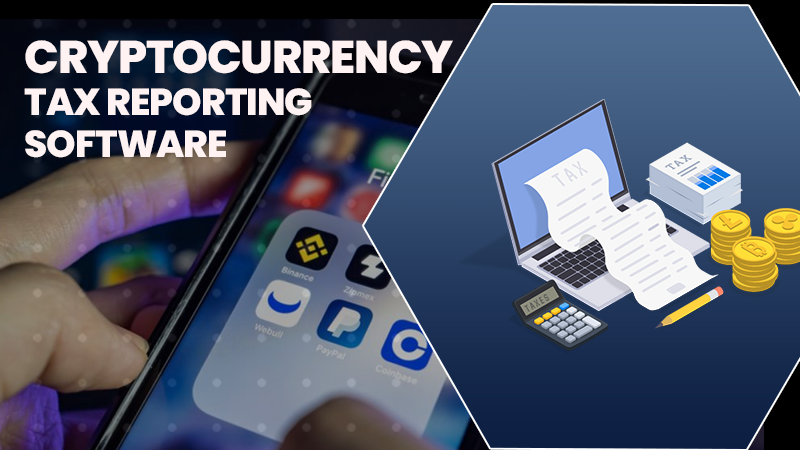An Outline of Peer to Peer Lending and Its Benefits
Latest P2P lending transactions occur online where individuals register on web-based P2P platforms. They usually join these websites as borrowers or lenders. After registering on the P2P lending website, the borrower forwards a loan application for assessment and how they plan to spend the cash received. At this phase, the P2P platform decides about granting the loan to the borrower by finding out if the loan application is in line with the borrower’s investment tactics. After approving the personal loan application, the review team posts it on the Peer to Peer lending websites so that all the investors can view it. A loan application stays viewable most of the time until it is wholly funded or removed by the platform or the borrower.
The Difference Between Peer to Peer Lending and Conventional Banking
The P2P lending platforms operate from the web entirely. As a result, there is the least amount of personal communication between both borrowers and lenders. Also, they need the minimum amount of personal details from them. That is great news for the supporters of web privacy. Another major difference between P2P platforms and banks is that the P2P platforms don’t invest their money. Instead, they serve as link makers that connect borrowers to lenders. In addition, the P2P platforms provide lenders with a specific amount of assurance by facilitating them in buying the security notes that can be purchased from their website. Finally, in contrast to conventional finance providers, Peer to Peer lending provides higher interest rates, making the system appealing to valuable lenders.
Benefits of Peer to Peer Lending
Compared to borrowing money from conventional banks, P2P loan application processing and granting take a very short time. Most loan applications are accepted or refused immediately, and those that pass from the approval stage are typically processed in two weeks.
The collective lending concept adopted by the P2P lending model secures lenders from financial risks. Small companies can also gain plenty of benefits because they can conveniently receive funding even with a below-average credit history. Moreover, there is minimal paperwork required, which means there are fewer bureaucratic hurdles. Another primary perk is the low possibility of loan refusal. The Peer to Peer lending model is simple to interact with because it is user-friendly. For example, most P2P lending platforms are reachable from specific mobile apps, allowing investors to review funding applications. At the same time, borrowers can inspect interest rates and updates in the apps right from their homes.
Peer to Peer Lending Trends
Undoubtedly, the progress in information technology has improved the business of Peer to Peer lending industry. It is very famous with tech-minded Millennials who make up a decent percentage of small business owners. The research carried by Morgan Stanley has backed that, which states that millennials like fast, economical, and more easy-to-obtain types of credit. Also, Millennials like to carry out web transactions by mobile apps more than any other age group of the UK’s population.
Conclusion
Today, P2P lending transactions occur online where borrowers and investors join the web-based P2P platforms. After registering on the P2P lending website, the borrower presents a loan application for review and how they plan to spend the money they will receive. The Peer to Peer lending platforms run from the web entirely. There is a minimum amount of personal communication between both borrowers and investors. The P2P lending system is a profit-generating innovation that facilitates business executives to obtain cash from an investor community. A few key perks of P2P lending consist of reduced paperwork, low-interest rates, low loan refusal risk, easy client experience, and fast loan granting. The P2P lending industry is progressing fast. Its growth is great in the UK, where platforms are making profits in billions with Peer to Peer lending.











Share